Less Than 100 Inches Long – meet the Autonomous MOTIV Microcar Platform!
If you were thinking that recent EV news was indicating that manufacturers were realising that people wanted electric vehicles that didn’t look like a different species, then you would be right. Yet there are still manufacturers combining green, ecological EV ethics within the design of a small, efficient vehicle. The Gordon Murray Design MOTIV Pod is one such vehicle.
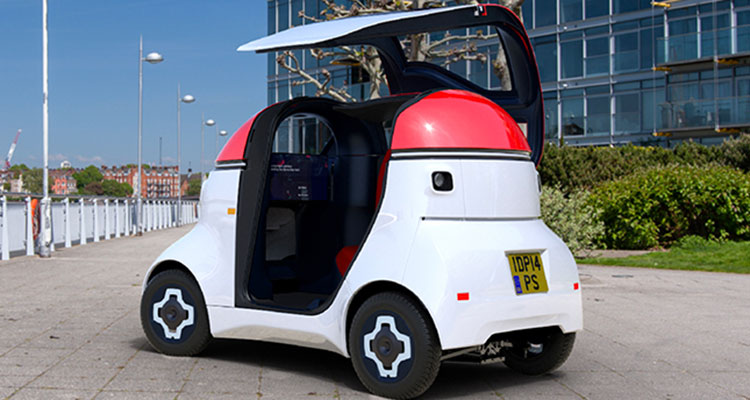
It’s not designed for reps continually circling the M25 like vultures, the MOTIV has been created specifically for small local deliveries, where a large van might be perceived as overkill, and as a ‘robo-taxi’. The little quadricycle is the result of Gordon Murray Design, itMoves and Delta Motorsport coming together, and the resulting MOTIV autonomous vehicle platform was unveiled at the MOVE Mobility Conference in London on 11 February. It’s been hailed as a platform to be made available for any company requiring a one-seat autonomous taxi or shuttle service.
The lightweight aluminium MOTIV quadricycle platform has been part-funded by a 2017 Government initiative called the IDP14. The initiative allowed UK businesses to be able to apply for a share of £18million, which was set aside to fund the development of vehicle technology that will power the UK towards zero-emission transport.
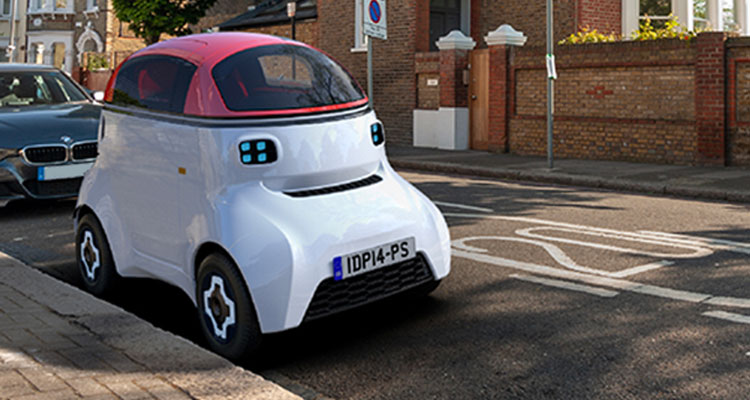
With a range of around 60 miles and a top speed of 40mph, the MOTIV is not going to break any distance or land speed records. It’s a vehicle that is very limited by its size and a 17.3kWh battery plus a 20kW motor, which will give around 2.5 to 5 hours continuous use before needing a recharge. 0-62mph is a bit more impressive at just 5 seconds – though whether that would feel exhilarating or downright scary in a singe-seat pod is another matter entirely; though it does comply with Euro crash safety regulations of course.
The pod’s footprint is tiny, at 2,537mm long (less than 100 inches) and 1,310mm wide. Inside, the layout is going to be a surprise to many who might expect a combination of a standard overriding dashboard layout with whatever is needed for autonomous control. Not so, the MOTIV pod features no traditional direct controls for the powering the chassis, just a 24-inch touchscreen for infotainment and navigation. If used as a small commercial ‘van’, with the interior taken out, internal storage space becomes 1,100 litres.
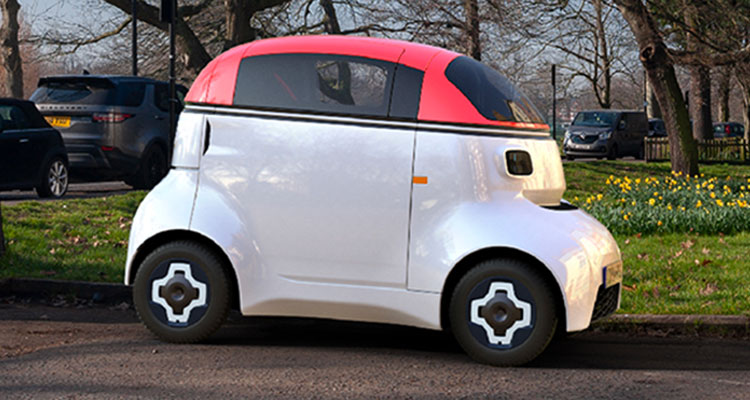
The MOTIV complies with EU laws for heavy quadricycles. This is the same 4-wheel microcar L7e category in which the Renault Twizy sits. The unladen weight must not exceed 450g, and that is indeed the figure that the MOTIV comes in at (minus its battery pack).
The MOTIV will recharge to around 80% capacity in about 40 minutes and rides on 13-inch wheels with MacPherson suspension providing comfort. One big plus point is that the MOTIV can be aligned to work with every existing form of autonomous technology. This is a major coup of for the little pod of course. We are still at the VHS/Betamax stage of autonomous technology – it’s still arguably a bit of a gamble as to whichever technology you choose to invest in.
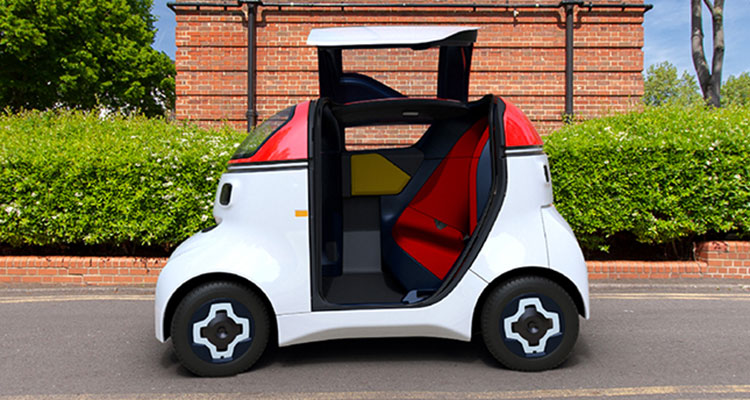
It’s hard to make such tiny small 4-wheel vehicles look like anything other than glorified mobility scooters – a comparison the Twizy has suffered from in the past. Yet the designers of the MOTIV have done their very best. Many reviews have already criticised the look, but I do honestly think it looks fine – not great, but fine. I think it maybe bears more of a resemblance to a 1950s BMW Isetta ‘bubble car’ than anything else.
Images: gordonmurraydesign.com
For more articles like this, receive our weekly e-newsletter, including partner deals and all things motoring, register your email below.
Please note: You cannot subscribe to Smart-Motoring unless you put a tick in the checkbox below to indicate have read and agreed to our privacy policy.



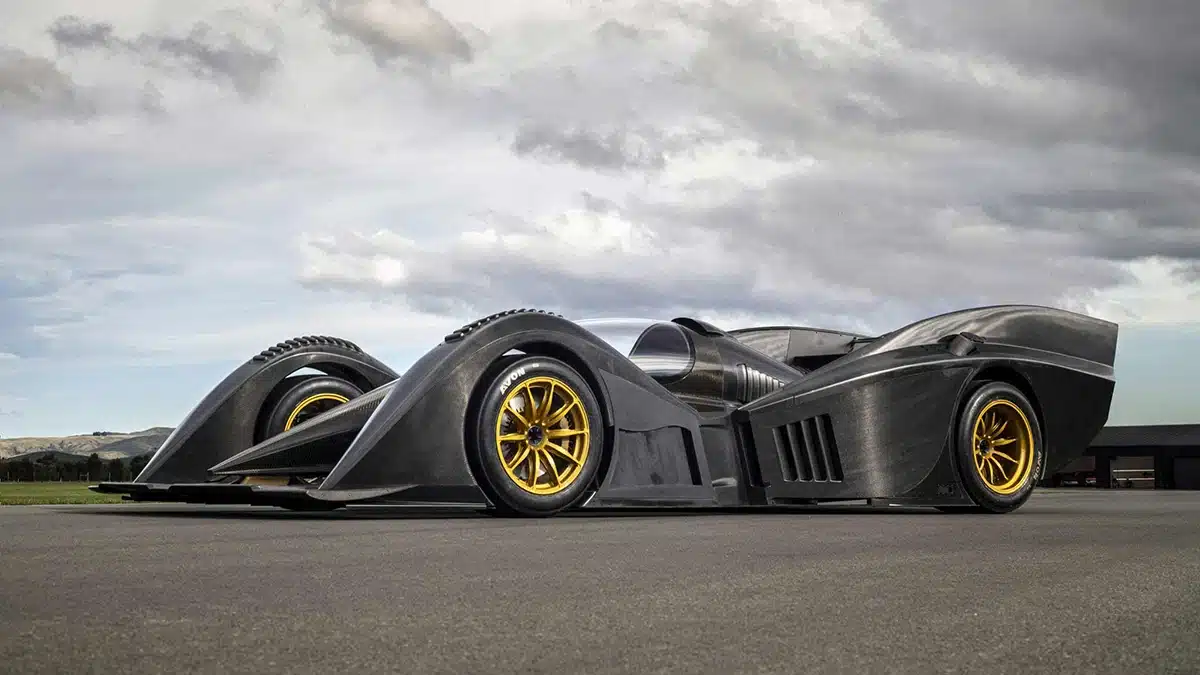
Very interesting but would like to see better photographs of the interior.
The rebirth of microcars using electric motors could well take off. As a former bubble car owner I can see many advantages.